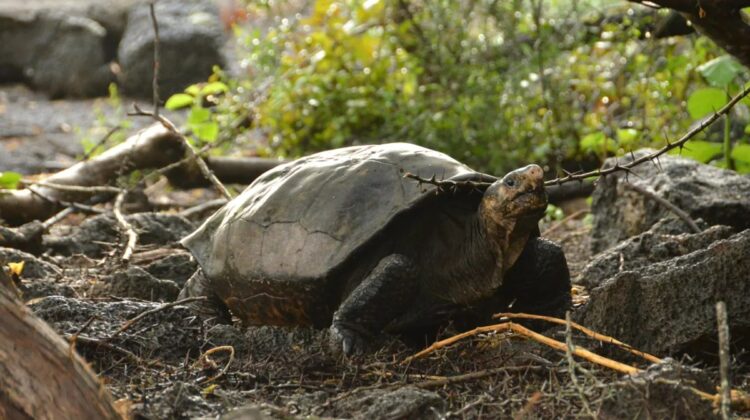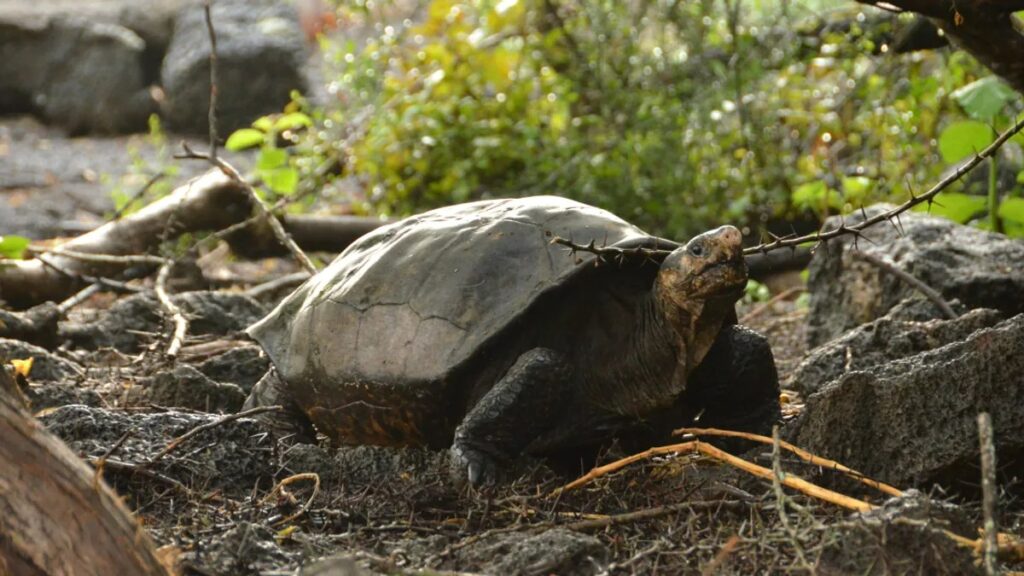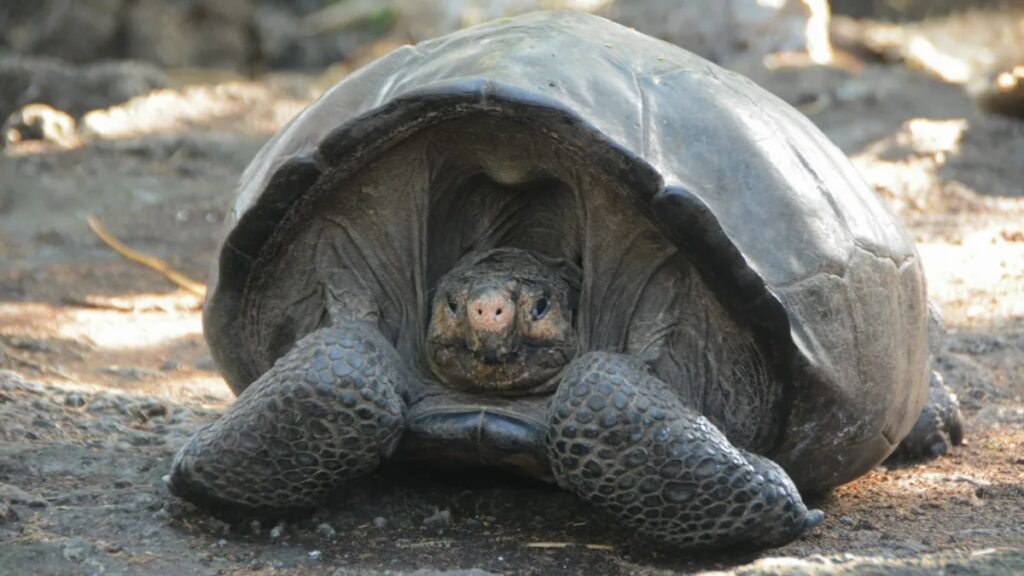
In a remarkable twist of fate, the purportedly “extinct” giant Galapagos tortoise, belonging to the Chelonoidis phantasticus species, has defied scientific expectations. Discovered on Fernandina Island, the tortoise named Fernanda has astonished researchers and doubled the known members of the species from one to two. The surprising find has sparked intrigue and raised numerous questions about the evolutionary history and conservation possibilities for this isolated giant tortoise population.
The tale began in 1906 when the first and only known member, a solitary male, was encountered on Fernandina Island. This was presumed to be the last sighting of the species until 2019 when researchers stumbled upon Fernanda, a 50-year-old female, reigniting hope for the species. The discovery, detailed in a paper titled “The Galapagos giant tortoise Chelonoidis phantasticus is not extinct,” underscores the mysteries surrounding the survival and adaptation of species in the face of challenging environments.

While Fernanda’s genome closely resembles that of the male specimen found in 1906, marked differences in their physical appearances have left evolutionary biologists perplexed. Notably, Fernanda’s comparatively small and smooth shell contrasts sharply with the male’s protruding carapace. The study’s senior author, Adalgisa Caccone, expressed both hope and curiosity about the find, posing questions about the possibility of discovering more tortoises on Fernandina for conservation efforts.
Initially believed to have succumbed to volcanic activity, which is prevalent on Fernandina Island, C. phantasticus was deemed highly vulnerable due to its slow-moving nature. The island, being one of the most recent in the Galapagos archipelago, witnesses frequent volcanic eruptions, creating challenges for exploration and survival. However, Fernanda’s resilience over the past five decades challenges these expectations.

Intriguingly, mitochondrial DNA analysis revealed differences between Fernanda and the male tortoise, hinting at potential hybridization. Fernanda may have originated from the union of a C. phantasticus male and a C. nigra female, despite the latter species being extinct. This raises questions about the unique genetic makeup and adaptive strategies of Fernanda.
The discovery prompts conservation considerations, with plans underway to explore Fernandina Island for additional tortoises. The Galapagos National Park and Galapagos Conservancy aim to initiate non-invasive efforts to locate potential relatives of Fernanda and potentially launch a breeding program. However, challenges loom, as the island’s changed landscape may no longer be suitable for the survival of the species.

Fernanda’s presence on Fernandina Island adds a hopeful chapter to the conservation narrative, showcasing nature’s ability to persist even in the face of presumed extinction. As scientists delve deeper into the mysteries surrounding the Galapagos giant tortoise, the quest for understanding and preserving this unique species continues.

Leave a Reply